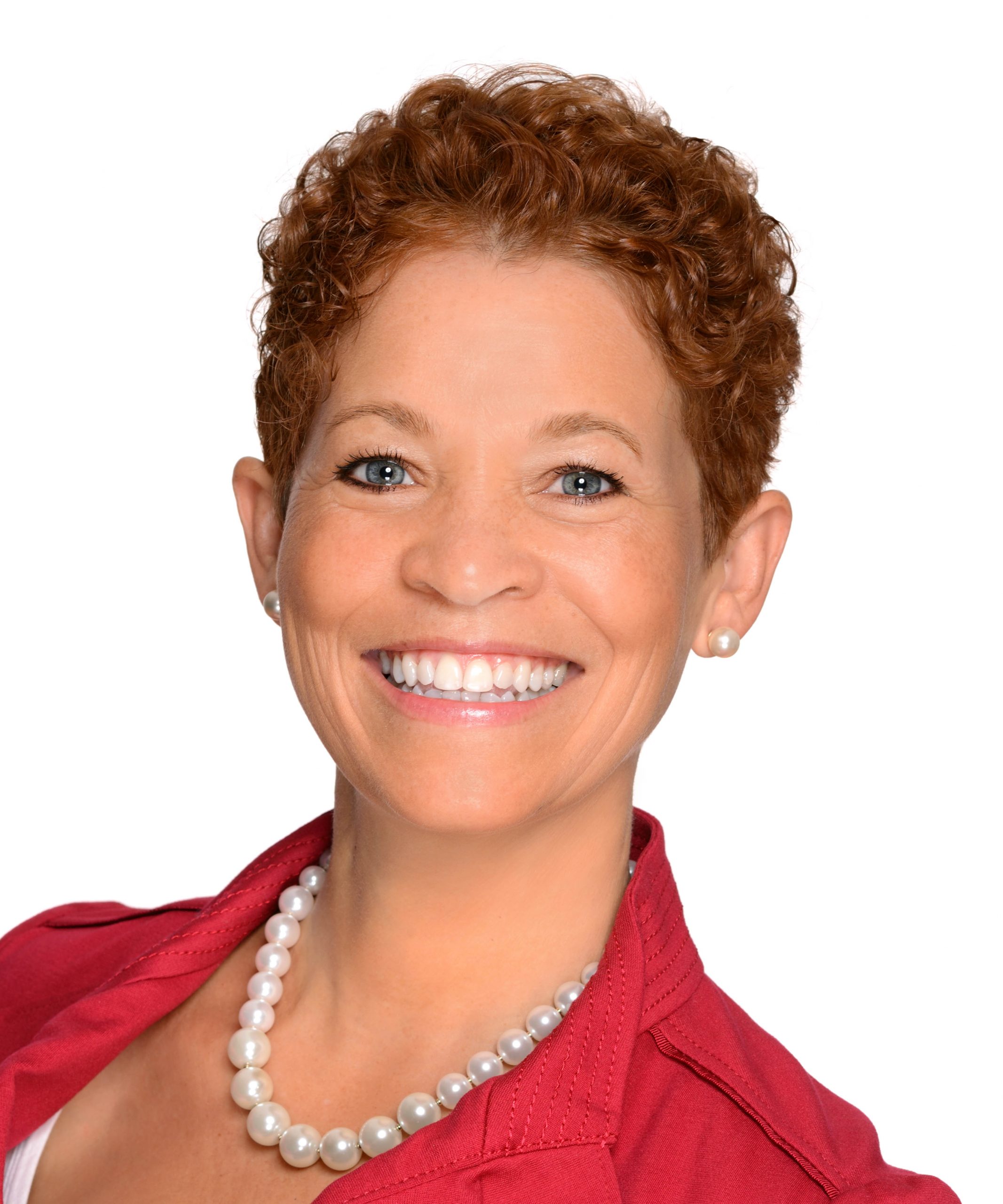Two particularly interesting aspects of our ongoing series on chief diversity officers (CDOs) and similar roles are the career paths those leaders have taken to get to where they are today and the creative approaches they apply to their unique diversity, equity, and inclusion (DEI) challenges. For this installment, we spoke with BTS Chief Diversity Officer Lacee Jacobs, who came to BTS from her own independent consulting practice. She shared some great insights with us related to the “E” in DEI—equity.
From Outside Counsel to Internal Leader
While Jacobs has a long history of working with BTS and some of its clients on the company’s behalf, she’s been engaged in her role as CDO for less than a year. Before joining BTS, Jacobs was perfectly happy enjoying the flexibility of working for herself.
“I’d been running my own business since 2005, and I’ve been playing in this space of facilitation, coaching, leadership development as well as DEI and working in a lot of different contexts,” she says. “I’ve worked with teams and I’ve worked with individual leaders and contributors—from the C suite to frontline leaders. So, I’ve been doing this work for as long as I can remember.”
Jacobs was originally reluctant to join BTS full time—if not downright resistant. “I thought I would never work for somebody else again, other than myself,” she remembers,“ and I had been awarded the contract to work with of BTS’s internal employees, as well as the senior leadership team in the space of DEI work, so I was already doing the work for them.” Jacobs heard BTS was looking for a CDO, and her contacts within the organization encouraged her to throw her hat into the ring. After being assured that simply having a conversation about the role with CEO Jessica Parisi would not create any sense of obligation or commitment, she decided to learn more. Of course, this profile wouldn’t exist if Jacobs hadn’t ultimately said yes.
“There are two things that led me to say yes,” Jacobs explains. “One was that Jess [Parisi] talked about BTS’s commitment to do this work internally and walk their talk before just rushing out to offer the position in the market. I was impressed by that. I’ve always thought that in terms of doing this work I feel like the most important part of it is for us to do our own work. And the second thing that had me say yes is that she said, ‘If you come on board, you will have an opportunity to work with 50% of the largest corporations and influence their points of view.’ And how could I turn that down?”
Two Hoses
Jacobs explains her full-speed-ahead approach after starting with BTS made her feel like she was constantly carrying around two hoses: one to drink from and one to put out fires with. “This is a new practice area for us,” she explains. “There’s a ton of things that are happening all at once where we’re building our ERGs and helping people find a place internally to feel comfortable about being supported in this work.”
After joining BTS, Jacobs introduced the concept of “inclusion made personal.” It’s a year-long process during which participants explore and discuss different topics around DEI each month. Closely related to this effort is what Jacobs calls “moments-based learning.” Obviously, there are plenty of examples of DEI-related issues in our everyday lives, as well as in the media. Jacobs feels strongly that these issues have the potential to be used as readily available—and highly impactful—teaching tools. The idea is to get the entire organization thinking about DEI and how even the most seemingly innocuous things might actually have an adverse impact on various diverse groups.
“Something as simple as a video or a picture could have unintended impact,” Jacobs says. “Or we could be delivering something globally, and it doesn’t translate in the same way from one place to another. So, when these types of things happen, we bring everyone together to have conversations about the possibilities that exist to transform how we do things and what we need to be aware of that we weren’t aware of before to accommodate the change that we’re all experiencing.”
The Challenge of Equity
In the DEI conversation, the equity element is typically the most difficult for many to grasp. It’s also the concept that generates the most resistance among some groups—so much so that the focus on equity is often left out altogether, leaving businesses to simply talk about diversity and inclusion. A big part of this problem, Jacobs says, is that equity is often looked at through a zero-sum lens.
“As organizations are attempting to make things more equitable and more accessible to those that have been traditionally excluded, there’s this notion of well, ‘what does that mean for me? Does that mean that equity takes away from my opportunities?’” Jacobs explains. Often, it initially doesn’t feel fair. She says that requires conversations to explore the way people are reacting to the concept of “equity”—what it means to them, what they value, and what they may have concerns or misperceptions about.
Jacobs says one of the biggest challenges many organizations face is getting their messaging and conversation around equity right so the concept can be appreciated and valued rather than feared or resented.
As so many of those we’ve spoken to have shared that they came to DEI more as a calling than through a professional plan, Jacobs exemplifies the passion and commitment so many bring to the role. They’re making a real difference—not only for the organizations and employees they serve but, as in Jacobs’ case, also for other organizations and society as a whole.
Lin Grensing-Pophal is a Contributing Editor at HR Daily Advisor.

